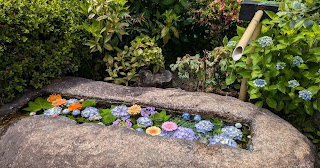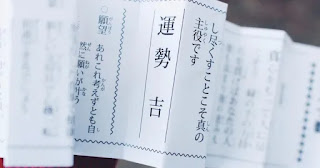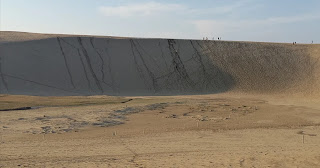💧 Temizuya: The Sacred Water Ritual Before Meeting the Gods

If you’ve ever visited a Shinto shrine in Japan, you may have noticed a small structure along the path with water flowing and wooden ladles neatly lined up. This is called the Temizuya (or Chōzuya )—a place to purify your hands and mouth before entering the sacred grounds. But why do we cleanse ourselves with water? And what’s the meaning behind this gentle ritual? Let’s explore the practice of temizu , and the quiet beauty of the Japanese spirit it reflects🍃 🫧 What Is Temizu? Temizu (literally “hand water”) is a ritual of purification performed before standing before the divine. It’s not just a religious custom. It’s a way to: Wash away the dirt from the outside world Calm the mind and spirit Prepare oneself to enter a sacred space with humility In other words, temizu is an invisible preparation—an act that clears not only the body, but also the heart. 🧴 How to Perform the Traditional Temizu Ritual (Note: Many shrines now simplify or adapt the ritual ...





